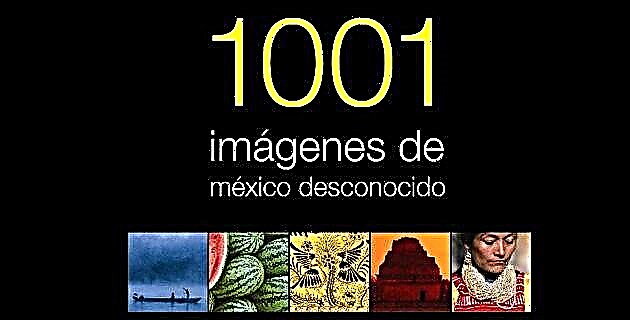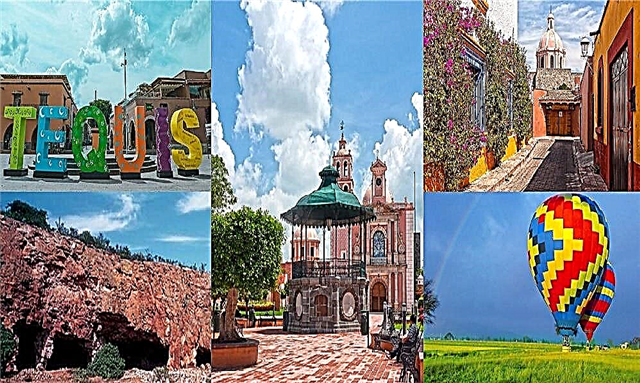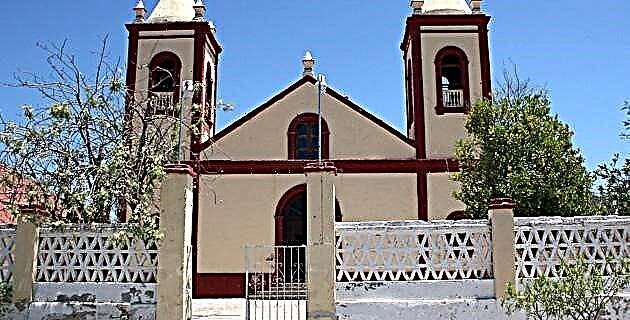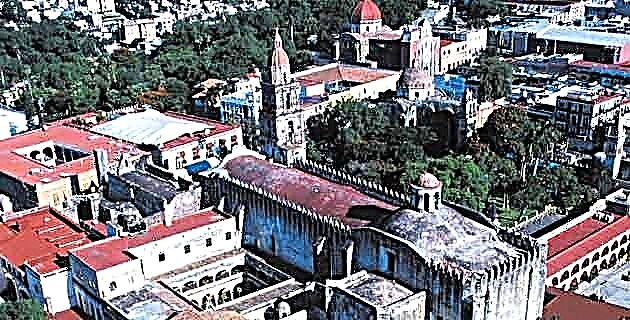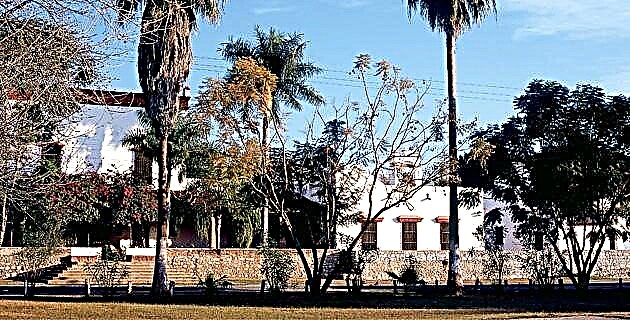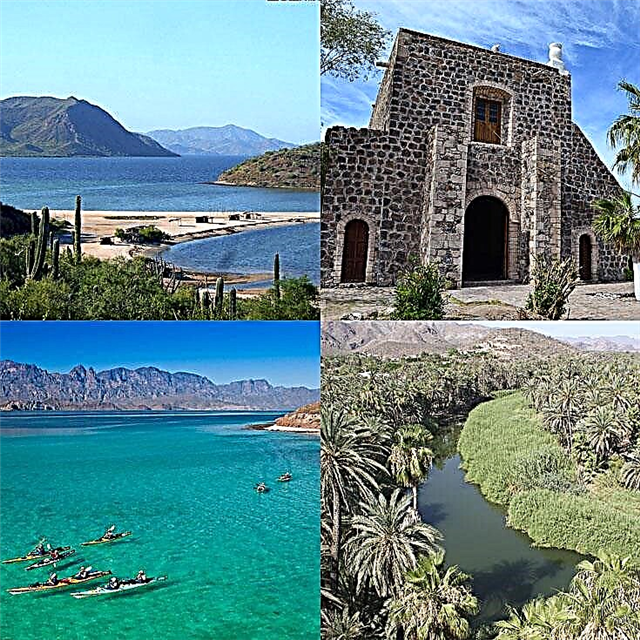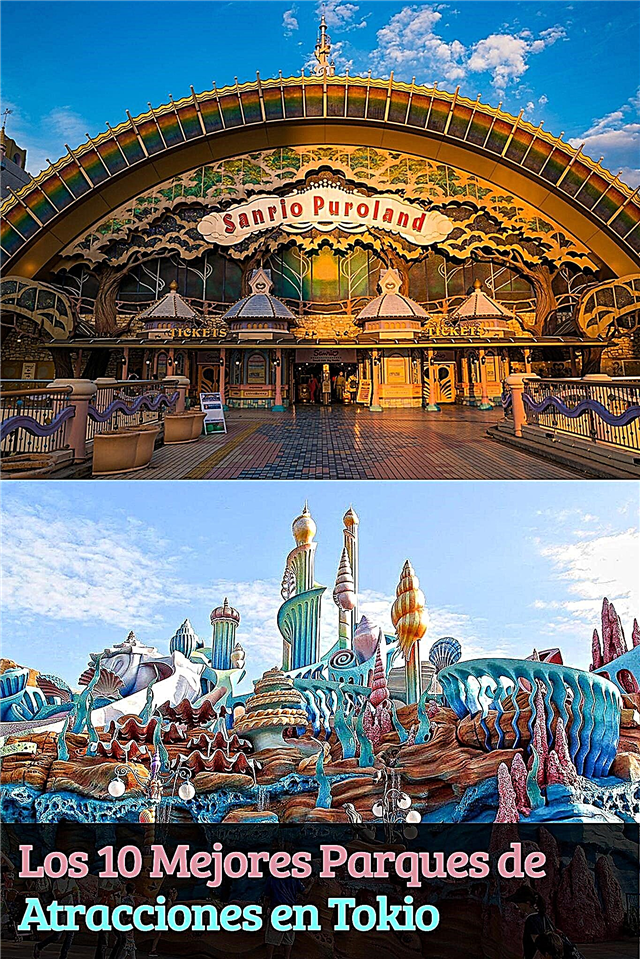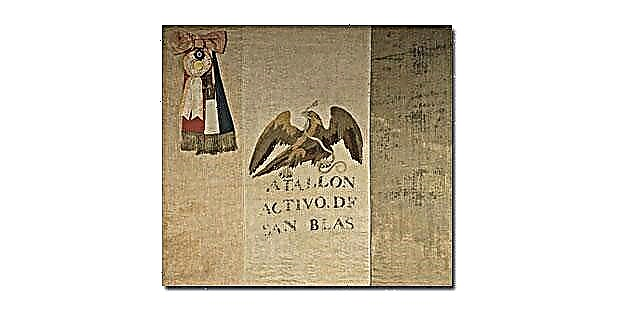
Symbols of an entire nation, the labaros that make up the Collection of National Flags of the National Museum of History are silent witnesses to the construction of a country as great as ours. Get to know them!
Origin of the flag
Once the Independence movement began, the Supreme Insurgent National Board of Zitácuaro, Michoacán, was the first to rule, on August 19, 1811, that a shield be adopted that should display the national arms of Independent Mexico and that such design be used only in official written acts and business. The emblem consisted of the traditional eagle (of pre-Hispanic reminiscence) perched on the legendary cactus - the bird, slightly in profile, with slightly drooping wings, crowned, and without an attitude of attacking the snake. In addition, some warlike attributes and strange mystical symbols appeared. Therefore, the first insurgent to use the Aguila Azteca design as an official emblem was Generalissimo Don José María Morelos y Pavón, who also used it on stamped paper for official correspondence.
According to some historians, the first flag that carried the colors green, white and red was the one that was formed in Iguala, Guerrero, in March 1821, for the Trigarante Army, consummator of National Independence with the so-called Plan of Iguala, headed by Agustín de lturbide and Vicente Guerrero. It differs from the current flag in that its stripes were not placed parallel to the flagpole, but obliquely, and that they did not keep the same order as at present, meaning green, Religion, white, Independence and red, the Union.
Subsequently, and by order dated November 2, 1821, it was arranged that the colors of the flag be definitively adopted, but placed in a vertical position, adding a crowned eagle, standing, with its left foot on a nopal born on the islet of a lagoon. In 1823 the eagle was stamped without a crown.
During the government of the Emperor Maximilian, a stage better known as the Second Mexican Empire (1864-1867), the colors of the flag were not modified, only the shield was changed, which was an oval with a blue background in whose gold fillet was fringed the branches of oak and laurel-, had two taps as supports on the sides, which symbolized the ancient Arms of Austria. In addition, behind, protruding and crossed, were a European sword and scepter. Also around said gold fillet, the Necklace of the Order of the Mexican Eagle, bearing the motto Equity in Justice. At the center of the oval was the Eagle of the Anahuac crowned and destroying a snake; he leaned on his left leg on a cactus, which was completely flooded with water, at its base. That in the angle of the tricolor flag, or rather, in the angles, they would make a total of four eagles, and only the war flags should carry the crowned eagle on a cactus.
The republican government, headed by Don Benito Juárez, always maintained the Mexican National Coat of Arms. Later, General Porfirio Díaz, as President of the Republic, adopted a general form in the National Pavilion: horizontal bands and the front eagle with outstretched wings.
Later, in 1916, Venustiano Carranza, First Chief of the Constitutionalist Army and in charge of the Executive Power of the Nation, issued a decree dated September 20 ordering that the eagle in profile should appear again on the coat of arms of the National Arms. The banner remained that way until the issuance of the decree of President Gustavo Díaz Ordaz, on June 17, 1968, with the Law on the characteristics and use of the National Shield, Flag and Anthem.
Origin of the Collection of Flags of the National Museum of History
The first historical flags were protected by the Mexican National Museum, founded by President Guadalupe Victoria in 1825, highlighting among them the flags of Generalissimo José María Morelos y Pavón. On November 30, 1865, these insignia became part of the collections of the Public Museum of Natural History, Archeology and History that Emperor Maximilian of Hasburg had ordered installed in the National Palace.
In 1878, during the government of General Porfirio Díaz, the National Artillery Museum was founded, based on the right wing of the premises that the Maestranza has occupied in the Citadel. This institution was intended to promote the cult of national heroes. This museum closed its doors in 1917, then its collections became part of the National Museum of Anthropology, History and Ethnology, where today the National Museum of Cultures is located (Currency No.13, in the Historic Center of Mexico City) .
Under the presidency of General Lázaro Cárdenas, by Organic Law of February 3, 1939 and December 13, 1940, the creation of the National Institute of Anthropology and History and the National Museum of History was decreed. The latter would be based on Castle chapultepec. The Museum was inaugurated on September 27, 1944 by the then President of the Republic, General Manuel Ávila Camacho.
During the ceremony, the different National Flags paraded, symbol of nationality, a wonderful synthesis of all the ideals of a free people, rooted in the land, the family and its traditions. Relics of our past raised by the heroes who with their victories built the country and those who fell defeated so that Mexico could triumph. In such a memorable act, President Ávila Camacho decorated the Flag of the San Blas Battalion and decreed it as the Ensign of the National Museum of History for being closely related to the Castle of Chapultepec for the battle of September 13, 1847
One hundred years later, on September 13, 1950, the National Museum of History benefited from the return of 63 flags, banners, scripts and pennants that fell into the hands of US forces in 1847, sent by the United States government. United to the government of Mexico. A few years later, the government of France returned to the Mexican people the insignia that our Mexican army lost during the intervention of (1836-1838) and (1864-1867).
In short, the National Flags that the National Museum of History guards allow documenting the process of building a country that came to independent life after overcoming countless setbacks, sometimes caused by the civil war and others by threats from abroad that, Taking advantage of our nationalist immaturity, they wanted us to reconquer, some, and submit, others.
About the current flag
The current National Flag is characterized by a rectangle divided into three vertical stripes of identical measurements, with the colors in the following order starting from the flagpole: green, white and red. In the white strip and in the center, our flag has the National Shield that covers a diameter of three-quarters of the width of said strip. The width to length ratio of the flag is four to seven.
The National Shield is made up of an eagle with the left profile exposed, the upper part of the wings at a level higher than the plume, slightly deployed in a combat attitude, with the lift plumage down touching the tail and the feathers of this in a natural fan. The bird perches with its left claw on a flowered nopal that is born on a rock that emerges from a lake and holds a snake with its right leg and its beak in an attitude of devouring it. Several cactus stalks branch at the sides.

